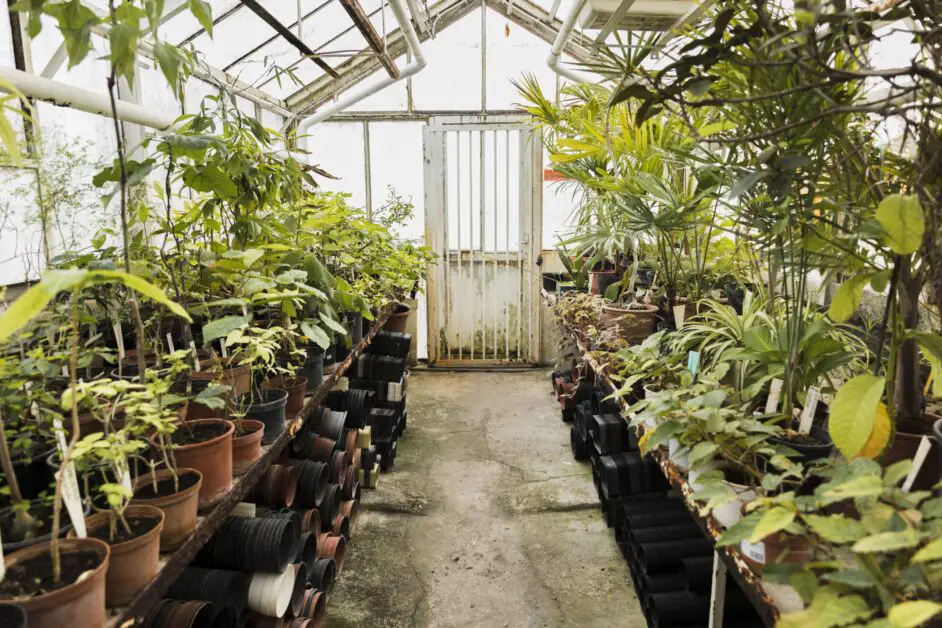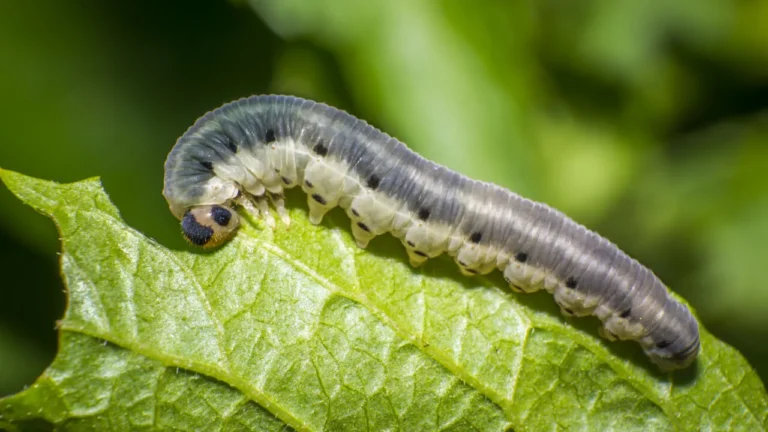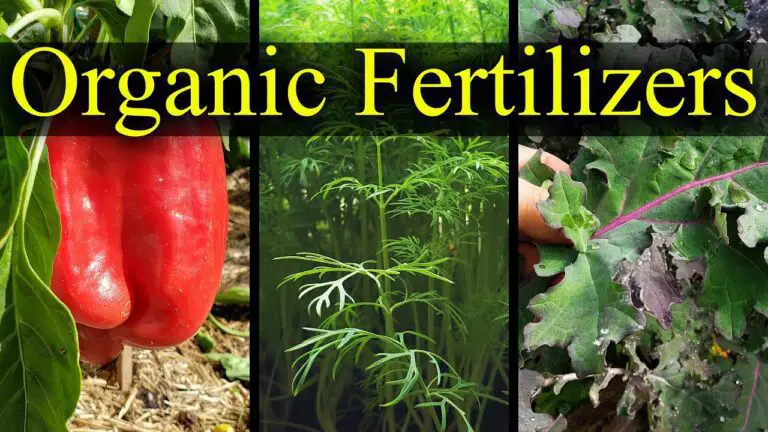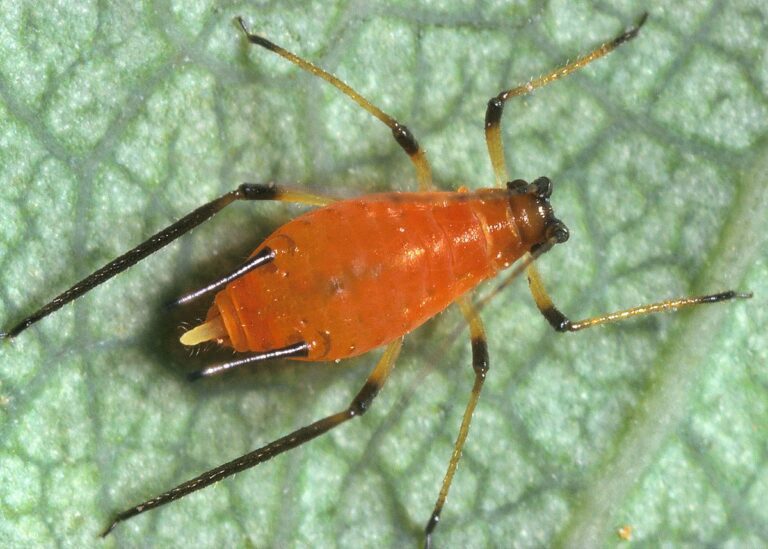Most Common Grow Room Pests and Diseases: How to Identify, Treat, and Prevent Them
Table of Contents
Understanding the Threats: A Comprehensive Overview of Grow Room Pests and Diseases
Grow room pests and diseases can pose serious threats to the health and productivity of your plants. It is crucial to have a comprehensive understanding of these potential menaces in order to effectively combat them. By familiarizing yourself with the various pests and diseases that can infiltrate your grow room, you can implement proactive measures to prevent infestations and minimize damage.
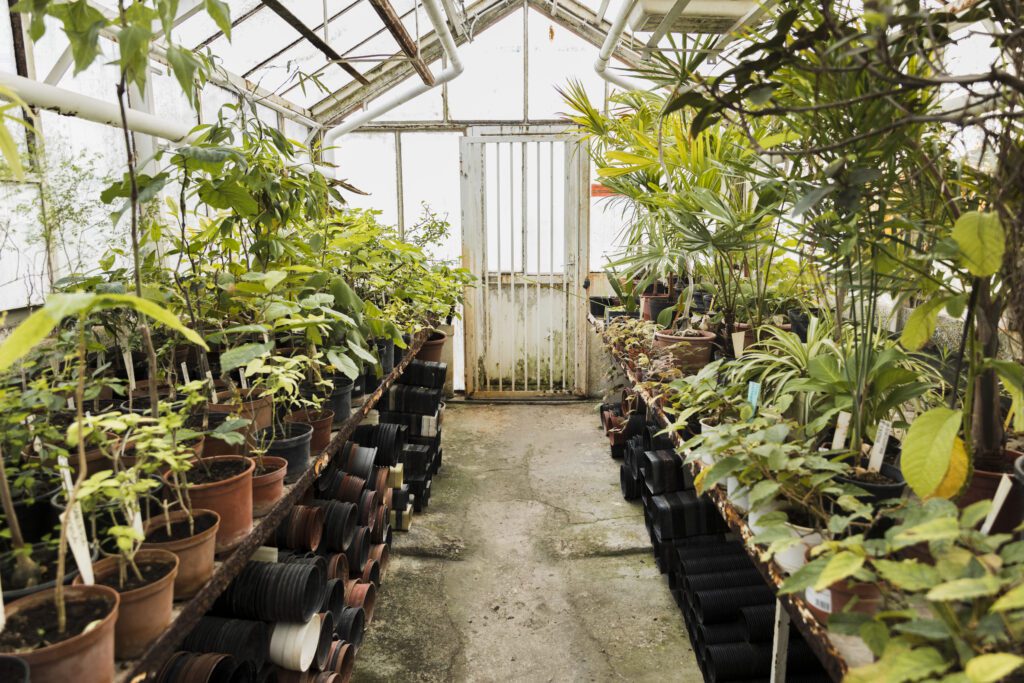
Pests in a grow room can include a wide array of insects, such as spider mites, aphids, and thrips, as well as larger critters like rodents and birds. These pests can cause significant damage to your plants, feeding on their leaves, stems, and roots. In addition, they can introduce harmful pathogens and transmit diseases throughout your grow room. Similarly, diseases caused by fungi, bacteria, and viruses can rapidly spread and devastate your plant population if left untreated. Understanding the symptoms and characteristics of these threats is essential for early detection and effective management.
Spotting the Signs: Identifying Common Grow Room Pest Infestations
Spotting the Signs: Identifying Common Grow Room Pest Infestations
Grow room pests can wreak havoc on your plants if left undetected and untreated. Early identification is crucial in order to prevent significant damage and ensure the health and vitality of your crop. By knowing what signs to look for, you can quickly pinpoint the presence of pests and take the necessary steps to eliminate them.
One of the most obvious signs of a pest infestation is visible damage to your plants. This can include chewed leaves, holes in the foliage, or wilting and discoloration. Some pests, such as aphids and spider mites, leave behind a sticky residue called honeydew, which can attract ants and serve as an indicator of their presence. Additionally, pests like thrips and whiteflies often leave behind tiny, white or silver specks known as excrement or molted skins on the leaves. These signs may appear subtle at first, but with careful observation, they can help you identify the culprit and take appropriate action.
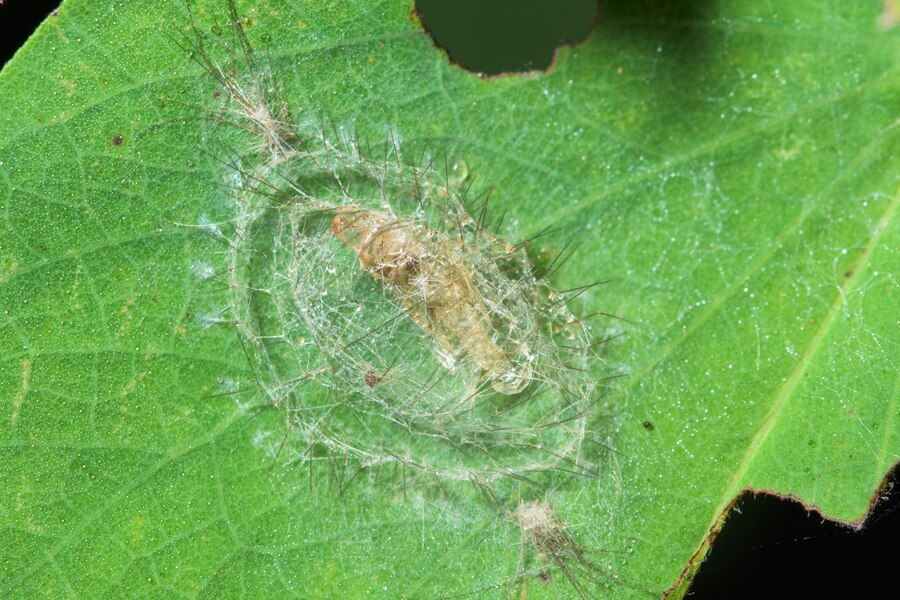
Another telling sign of a pest infestation is the presence of pests themselves. Take the time to inspect your plants regularly, paying close attention to the undersides of leaves, where many pests like to hide. Look out for tiny insects, such as aphids, whiteflies, and spider mites, which can be difficult to spot due to their small size. You may also come across eggs, larvae, or even adult pests during your inspection. By being vigilant and familiarizing yourself with the appearance of common pests, you can efficiently catch an infestation at its early stages and prevent it from escalating into a larger problem.
Nip It in the Bud: Effective Measures for Early Pest Detection and Prevention
Early detection and prevention are crucial in maintaining a healthy grow room and protecting your plants from pesky infestations. By implementing effective measures, you can nip potential problems in the bud before they become full-blown disasters.
One of the most important steps in early pest detection is regular monitoring of your grow room. Set up a schedule to inspect your plants and their surroundings on a consistent basis. Keep a keen eye out for any signs of damage, such as chewed leaves, discolored foliage, or the presence of insects or larvae. Additionally, examine the undersides of leaves and any hidden areas where pests may lurk. By catching any issues early on, you can prevent pests from multiplying and causing widespread harm to your precious plants.
Another effective measure for early pest detection and prevention is maintaining a clean and organized grow room. Proper sanitation practices can significantly reduce the risk of infestations. Regularly remove dead leaves and plant debris, as these can serve as breeding grounds for pests and diseases. Ensure that all equipment and tools are properly cleaned and disinfected before and after use to minimize the chance of introducing harmful organisms into your grow room. Lastly, implement a strict quarantine protocol for any new plants or materials that enter the space, isolating them for a period of observation to prevent potential infestations from spreading. By taking these proactive measures, you can significantly decrease the likelihood of encountering pest-related issues in your grow room.
Battling the Bugs: Proven Tactics for Eliminating Grow Room Pests
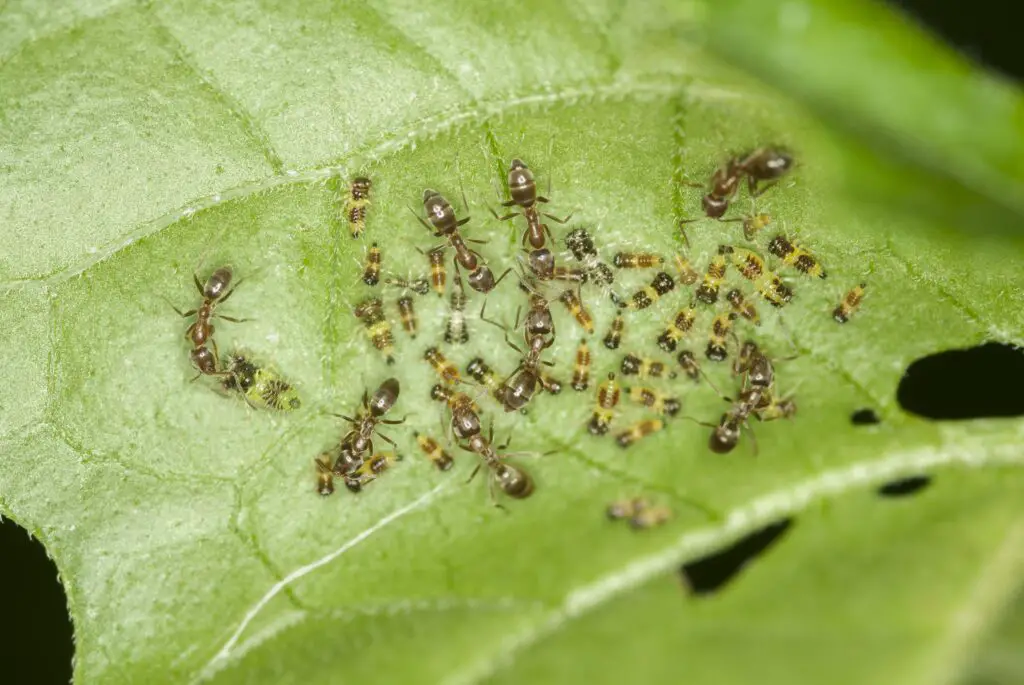
Battling the Bugs: Proven Tactics for Eliminating Grow Room Pests
When it comes to preserving the health and vitality of your grow room, tackling pest infestations is a top priority. These unwanted visitors can wreak havoc on your plants, stunting growth, causing diseases, and even leading to crop failures. Fortunately, there are proven tactics that can effectively eliminate pests and restore the balance in your grow room.
One of the most effective methods for pest control is the use of biological agents. Introducing beneficial insects such as ladybugs, lacewings, and predatory mites can help control common pests like aphids, spider mites, and thrips. These natural predators feed on the pests, keeping their populations in check without the need for harmful chemicals. Additionally, traps and sticky cards can be strategically placed in the grow room to catch flying insects and monitor pest activity. Regularly inspecting these traps will enable you to identify the specific pest species and take appropriate measures to mitigate their presence.
Another key tactic in battling grow room pests is maintaining a clean and sanitary environment. Regularly remove dead leaves, debris, and fallen fruits from the grow room as they can harbor pests and diseases. It is also crucial to regularly sanitize tools, equipment, and surfaces to reduce the risk of contamination. Implementing proper hygiene practices, such as washing hands and wearing clean attire when entering the grow room, can further minimize the chances of introducing pests. By consistently practicing cleanliness, you can create an inhospitable environment for pests, reducing their opportunities for survival and reproduction.
Remember, winning the battle against grow room pests requires an integrated approach. By combining biological agents, good hygiene practices, and other effective tactics, you can effectively eliminate pests and promote a healthy environment for your plants to thrive. Stay tuned for more insights into pest-specific strategies and long-term disease prevention measures in upcoming sections of this comprehensive guide. Together, we can ensure the success of your grow room endeavors.
Pest-Specific Strategies: Tailoring Treatment Approaches to Different Insects and Critters
When it comes to dealing with pests in your grow room, it is important to understand that different insects and critters require tailored treatment approaches. Each pest has its own unique characteristics and behaviors, which means that a one-size-fits-all approach simply won’t cut it. By identifying the specific pest plaguing your plants, you can then deploy effective strategies for eradication.
For example, when it comes to common insect pests like aphids or spider mites, a combination of cultural practices and targeted insecticides can be effective in managing the infestation. Cultural practices such as pruning infected leaves and maintaining proper ventilation can help reduce the pest population, while insecticides targeted specifically at these pests can deliver more precise control.
Similarly, when dealing with critters like rodents or slugs, it is important to address the root cause of the issue. This may involve implementing measures to prevent access to your grow room, such as sealing holes or using barriers, as well as employing traps or repellents specifically designed for these critters.
The table below shows pest-specific strategies for different insects and critters in a grow room setting:
| Pest | Treatment Approaches |
|---|---|
| Spider Mites | 1. Neem oil application |
| 2. Insecticidal soaps or oils | |
| 3. Predatory mites introduction | |
| Aphids | 1. Insecticidal soap spray |
| 2. Neem oil application | |
| 3. Introduce ladybugs or lacewings | |
| Fungus Gnats | 1. Reduce moisture levels in the soil |
| 2. Apply Bacillus thuringiensis (BT) | |
| 3. Sticky traps to catch adults | |
| Whiteflies | 1. Insecticidal soap or horticultural oil |
| 2. Encourage natural predators (like ladybugs or lacewings) | |
| 3. Reflective mulch to deter infestation | |
| Thrips | 1. Use predatory insects like minute pirate bugs or mites |
| 2. Apply neem oil or insecticidal soap | |
| 3. Remove and destroy heavily infested plants | |
| Mealybugs | 1. Rubbing alcohol on affected areas |
| 2. Neem oil application | |
| 3. Introduce natural enemies like ladybugs or lacewings | |
| Scale Insects | 1. Rubbing alcohol or insecticidal soap |
| 2. Prune heavily infested areas | |
| 3. Encourage parasitic wasps |
By tailoring your treatment approaches to the specific insects and critters causing havoc in your grow room, you can effectively and efficiently eliminate the pests and ensure the health and vitality of your plants. The key is to accurately identify the pest and choose the most appropriate and targeted methods for eradication.
The Fungus Among Us: Recognizing and Addressing Common Grow Room Fungal Infections
Fungal infections can be a significant concern for grow room enthusiasts. These infections can spread quickly and wreak havoc on the health of your plants if left unchecked. Recognizing the signs of common grow room fungal infections is crucial for early detection and prompt action. One common fungal infection is powdery mildew, characterized by the presence of white powdery patches on leaves, stems, and buds. Another prevalent infection is gray mold, also known as botrytis, which appears as fuzzy gray or brown patches on plant surfaces. Additionally, damping-off, caused by various fungi, can lead to the sudden wilting and death of seedlings.
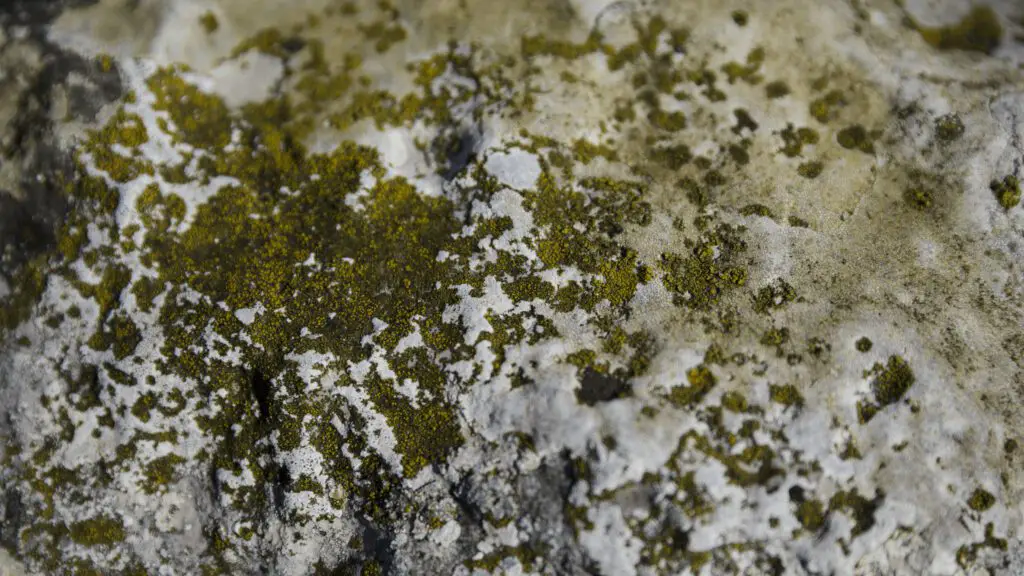
Addressing fungal infections requires a multi-faceted approach. Firstly, it’s crucial to maintain proper air circulation and ventilation in your grow room to minimize stagnant conditions that promote fungal growth. Humidity control is also essential, as high humidity levels create an ideal environment for fungi. Regularly monitor and adjust humidity levels to keep them within the optimal range for your plants. Furthermore, practicing good sanitation is crucial to prevent the spread of fungal spores. Regularly clean and sterilize your tools, equipment, and grow room surfaces to minimize the risk of contamination. In cases of severe fungal infections, it may be necessary to consider the use of appropriate fungicides. However, always consult the label instructions and select products that are safe for your specific plants and growing methods.
Preventing Fungal Outbreaks: Essential Steps for Maintaining a Healthy Grow Room Environment
Maintaining a healthy grow room environment is crucial in preventing fungal outbreaks that can wreak havoc on your plants. Fungi are notorious for their ability to quickly spread and cause severe damage to crops. To safeguard your grow room, it is essential to implement a series of preventive measures that will minimize the risk of fungal infections.
First and foremost, proper sanitation practices are paramount in creating a clean and hygienic environment for your plants. Regularly clean and disinfect all surfaces, equipment, and containers used in your grow room. This will help eliminate any fungal spores or pathogens that may be present, reducing the chances of an outbreak. Additionally, ensure that your grow room is well-ventilated to maintain optimal airflow and prevent the buildup of moisture, which creates a favorable environment for fungal growth. Monitor humidity levels closely, aiming for a range between 40% and 60% to discourage fungi from thriving. By adhering to these essential steps, you can significantly reduce the risk of fungal outbreaks and maintain a healthy environment for your plants.
Molds and Mildews: Identifying and Controlling the Most Common Grow Room Fungal Diseases
Molds and mildews can pose a significant threat to the health and productivity of your grow room. These fungal diseases, which thrive in warm and humid environments, can quickly colonize plants and disrupt their growth. Identifying the signs of mold and mildew infestation is crucial for prompt treatment and prevention.
One of the most common signs of mold and mildew is the appearance of white or grayish patches on the leaves, stems, or buds of your plants. These patches may be fuzzy in texture and can spread rapidly if left unchecked. In addition, you might notice a musty or earthy odor emanating from your grow room, which is often associated with mold and mildew growth. Regular inspections of your plants, particularly in areas with poor air circulation, can help you catch these fungal diseases early on and take appropriate action.
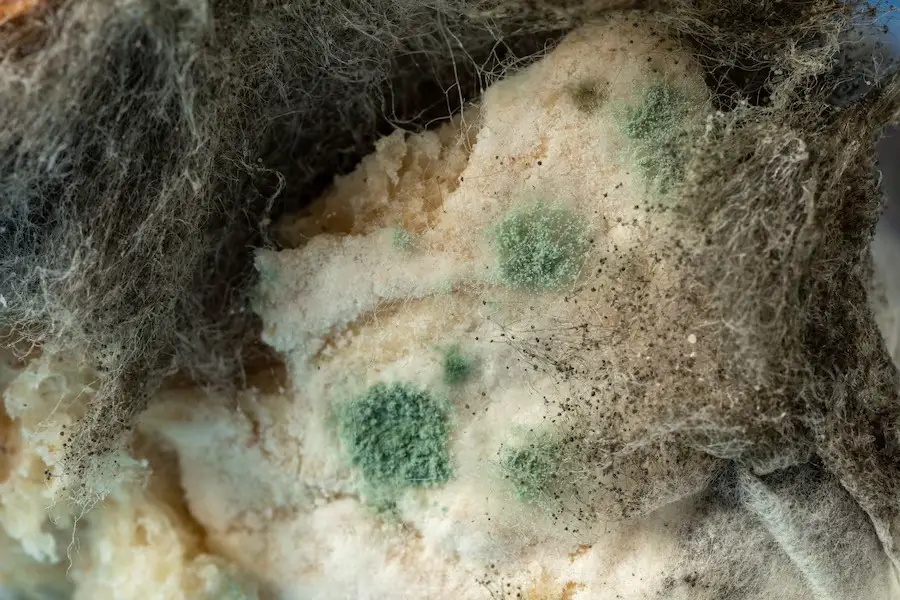
Controlling molds and mildews requires a multi-pronged approach. First and foremost, maintaining proper environmental conditions is essential. Make sure that your grow room has adequate ventilation and a consistent temperature and humidity level. Excess humidity can create the ideal breeding ground for mold and mildew, so investing in a dehumidifier or using fans to improve air circulation can be beneficial. Additionally, it’s crucial to avoid overcrowding plants, as this can limit airflow and promote fungal growth.
Viral and Bacterial Troubles: Understanding and Managing Pathogens in Your Grow Room
Understanding and managing viral and bacterial pathogens in your grow room is crucial for the health and productivity of your plants. These microscopic organisms can wreak havoc on your crops, leading to stunted growth, reduced yields, and even total crop failure if left unchecked. In order to effectively combat these troubles, it is essential to have a solid understanding of the nature of viral and bacterial infections and the measures you can take to prevent and manage them.
Viral pathogens, such as tobacco mosaic virus and cucumber mosaic virus, can easily spread from plant to plant, causing a wide range of symptoms including leaf discoloration, distorted growth, and reduced fruit quality. Bacterial pathogens, on the other hand, can enter your grow room through contaminated soil, water, or plant debris, leading to diseases like bacterial leaf spot and bacterial canker. These diseases can cause wilting, necrotic lesions, and overall decline in plant health.
To manage viral and bacterial troubles in your grow room, start by implementing strict hygiene practices. Clean and sanitize all tools, equipment, and surfaces regularly to prevent the spread of pathogens. Additionally, take measures to prevent cross-contamination from outside sources by using clean water, sterilized soil or growth medium, and disease-free plant material. In cases where an infection has already occurred, consider removing and destroying affected plants to prevent further spread.
Furthermore, maintaining optimal conditions in your grow room, such as proper ventilation and humidity control, can help minimize the risk of pathogen development and spread. It is also advisable to select resistant plant varieties whenever possible and to monitor your plants closely for any signs of disease. Early detection and prompt action are key in managing viral and bacterial troubles, as it becomes increasingly difficult to control infections once they have become established.
The below shows the viral and bacterial troubles in a grow room setting along with ways to understand and manage these pathogens:
| Pathogen | Symptoms | Management Strategies |
|---|---|---|
| Powdery Mildew | White powdery spots on leaves | 1. Improve ventilation and air circulation |
| Leaves may yellow or curl | 2. Neem oil or potassium bicarbonate treatments | |
| Fungal growth on plant surfaces | 3. Remove infected plant parts and isolate affected plants | |
| Botrytis (Bud Rot) | Gray mold on buds and flowers | 1. Increase air circulation and reduce humidity levels |
| Musty smell in affected areas | 2. Prune infected areas carefully | |
| Rapid decay of plant material | 3. Use fungicides in severe cases | |
| Tobacco Mosaic Virus | Mottled or distorted leaves | 1. Remove infected plants immediately |
| Stunted growth | 2. Use insecticides to control vectors (aphids, whiteflies) | |
| Yellowing and mosaic patterns on leaves | 3. Avoid smoking around plants to prevent contamination | |
| Bacterial Wilt | Wilting of leaves despite sufficient water | 1. Remove and destroy infected plants |
| Browning of vascular tissue | 2. Use disease-resistant cultivars | |
| Rapid plant decline | 3. Practice proper sanitation and avoid overwatering |
By understanding the nature of viral and bacterial pathogens, implementing effective preventive measures, and taking swift action when needed, you can greatly reduce the impact of these troubles on your grow room. Stay vigilant, prioritize plant health, and invest in the necessary measures to ensure a thriving and disease-free environment for your crops.
The Hidden Menace: Dealing with Nematodes and Other Soil-Borne Pests
Nematodes and other soil-borne pests can pose a significant threat to the health and productivity of your grow room. These microscopic organisms, commonly referred to as “hidden menaces,” reside in the soil and feed on the roots of your plants. As they multiply, they can cause extensive damage, leading to stunted growth, wilting, and even death of your precious plants.
One of the key challenges in dealing with nematodes and other soil-borne pests is their elusive nature. These pests often go unnoticed until the damage is already significant. However, there are some telltale signs that can help you identify their presence. Yellowing leaves, root galls, and a general decline in plant vigor are common indicators of nematode infestation. It is crucial to be vigilant and regularly inspect the roots and soil for any signs of these hidden pests.
Once you have confirmed the presence of nematodes or other soil-borne pests in your grow room, it’s essential to take immediate action to prevent further damage. There are several strategies and treatment options available, ranging from organic solutions to chemical treatments. It is crucial to choose the most appropriate method based on the severity of the infestation, the types of pests present, and the specific needs of your plants. Integrated Pest Management (IPM) practices, such as crop rotation, using resistant plant varieties, and sterilizing soil, can be effective in reducing nematode populations over time. Early detection and proactive measures are key to managing this hidden menace and preserving the health and vitality of your grow room.
Stopping the Spread: Implementing Effective Quarantine Measures to Protect Your Plants
Implementing effective quarantine measures is crucial to protect your plants from the spread of pests and diseases. By isolating potentially infected plants, you can prevent the further spread of harmful organisms and maintain the overall health of your grow room.
When setting up a quarantine area, it is important to choose a separate space that is physically isolated from the rest of your grow room. This could be a separate room or area with its own ventilation system and controlled environmental conditions. It is advisable to have a dedicated entrance and exit for quarantine purposes, to minimize the risk of cross-contamination.
Furthermore, it is essential to establish strict protocols for handling plants and materials in the quarantine area. All tools, equipment, and clothing used in the main grow room should not be brought into the quarantine zone without proper decontamination. This includes disinfecting tools and footwear, as well as wearing disposable gloves and lab coats when handling quarantined plants. Regularly cleaning and sanitizing the quarantine area will minimize the chance of any pests or diseases surviving and spreading.
By implementing these effective quarantine measures, you can significantly reduce the risk of potential outbreaks within your grow room. Early detection and prevention are key to protecting your plants’ health and maximizing your yields. Stay vigilant, follow proper protocols, and prioritize the well-being of your plants to create a resilient environment conducive to long-term disease prevention.
Integrated Pest Management: A Holistic Approach to Sustainable Pest Control in Grow Rooms
Integrated Pest Management (IPM) is a comprehensive and sustainable approach to pest control in grow rooms. It is based on the principles of prevention, monitoring, and intervention to minimize the use of chemical pesticides and maximize plant health. By implementing IPM strategies, gardeners can effectively manage pests while minimizing the negative impact on the environment.
Learn more about Integrated Pest Management through this video!
One key aspect of IPM is prevention. By creating a resilient environment through proper sanitation and hygiene practices, growers can significantly reduce the risk of pest infestations. This includes regular cleaning of grow room equipment, removing plant debris, and implementing strict protocols for entering the grow space. Additionally, establishing physical barriers such as screens and air filters can help prevent pests from entering the grow room. By focusing on prevention, gardeners can create a less hospitable environment for pests, ultimately reducing the need for reactive measures.
Creating a Resilient Environment: Best Practices for Long-Term Disease Prevention
Creating a resilient environment is crucial for long-term disease prevention in grow rooms. By implementing best practices, gardeners can significantly reduce the risk of pests and diseases, ensuring the health and productivity of their plants.
Additionally, ensuring proper air circulation and ventilation can help reduce humidity levels and minimize the conditions favorable to the growth of fungi and other disease-causing organisms. Incorporating these practices into the daily routine of a grow room can go a long way in promoting a robust and disease-free environment for plants to thrive.
Another essential practice for long-term disease prevention is practicing proper plant care and cultivation techniques. Providing plants with optimal nutrition and balanced watering is vital in bolstering their natural defenses against diseases. A healthy, well-fed plant is better equipped to withstand potential infections and recover more quickly if affected. Regularly monitoring plants for any signs of stress or distress is also crucial.
Early detection of issues such as nutrient deficiencies, excessive heat, or inadequate watering can help prevent the weakening of plants’ immune systems and the onset of diseases. Moreover, regular pruning and maintenance of plants can assist in the removal of any infected or decaying material, preventing the spread of diseases to the healthy parts of the plant. Taking these proactive measures can greatly contribute to the resilience of the grow room, creating an environment that is highly unfavorable for pests and diseases to thrive.
Learn how to keep your grow room well ventilated through this video:
What are some common signs of pest infestations in a grow room?
Common signs of pest infestations in a grow room include visible pests or their eggs, chewed or damaged leaves, webbing, sticky residue on leaves, and wilting or stunted growth.
How can I prevent fungal outbreaks in my grow room?
To prevent fungal outbreaks, maintain proper humidity levels, provide good air circulation, avoid overwatering, keep the grow room clean and free from debris, and regularly inspect plants for signs of fungal infections.
What are some effective tactics for eliminating grow room pests?
Effective tactics for eliminating grow room pests include using natural predators, such as beneficial insects, implementing physical barriers like sticky traps, regularly cleaning and sanitizing the grow room, and using organic pest control products.
Are there specific treatment approaches for different types of insects and critters?
Yes, there are specific treatment approaches for different types of insects and critters. For example, neem oil can be effective against aphids, while diatomaceous earth can help control crawling insects like ants and beetles. It’s important to research and use appropriate treatments for each specific pest.
What are nematodes and how can I deal with them in my grow room?
Nematodes are small, worm-like organisms that can cause damage to plant roots. To deal with nematodes, you can use soil solarization, which involves covering the soil with plastic to heat it and kill the nematodes. You can also use beneficial nematodes or specific biocontrol agents to target the harmful nematodes.
How can I implement effective quarantine measures to protect my plants?
To implement effective quarantine measures, isolate new plants before introducing them to your grow room, regularly inspect quarantined plants for signs of pests or diseases, and use separate tools and equipment for quarantined plants to prevent cross-contamination.
What is Integrated Pest Management (IPM) and how does it help with sustainable pest control?
Integrated Pest Management (IPM) is a holistic approach to pest control that combines various pest management strategies, including cultural, biological, and chemical methods. It aims to minimize the use of pesticides and prioritize sustainable practices, such as promoting biological control agents and implementing preventive measures.
What are some best practices for long-term disease prevention in a grow room?
Some best practices for long-term disease prevention include maintaining proper hygiene and cleanliness in the grow room, regularly inspecting plants for signs of pests or diseases, using disease-resistant plant varieties, maintaining optimal environmental conditions, and practicing crop rotation to minimize disease buildup.

Pallavi Gupta is a burgeoning writer at SouthElMonteHydroponics, blending her passion for data analysis with a keen interest in biotechnology. Currently pursuing a Bachelor’s in Biotechnology at Amity University, Pallavi delves into the intricacies of life sciences while gaining hands-on experience in the exciting world of data analysis. Her unique background provides a fresh perspective on hydroponic farming, as she explores the intersection of biotechnology and sustainable agriculture. Through her writing, Pallavi aims to bridge the gap between data-driven insights and innovative farming practices, inspiring others to harness technology for a greener future.

